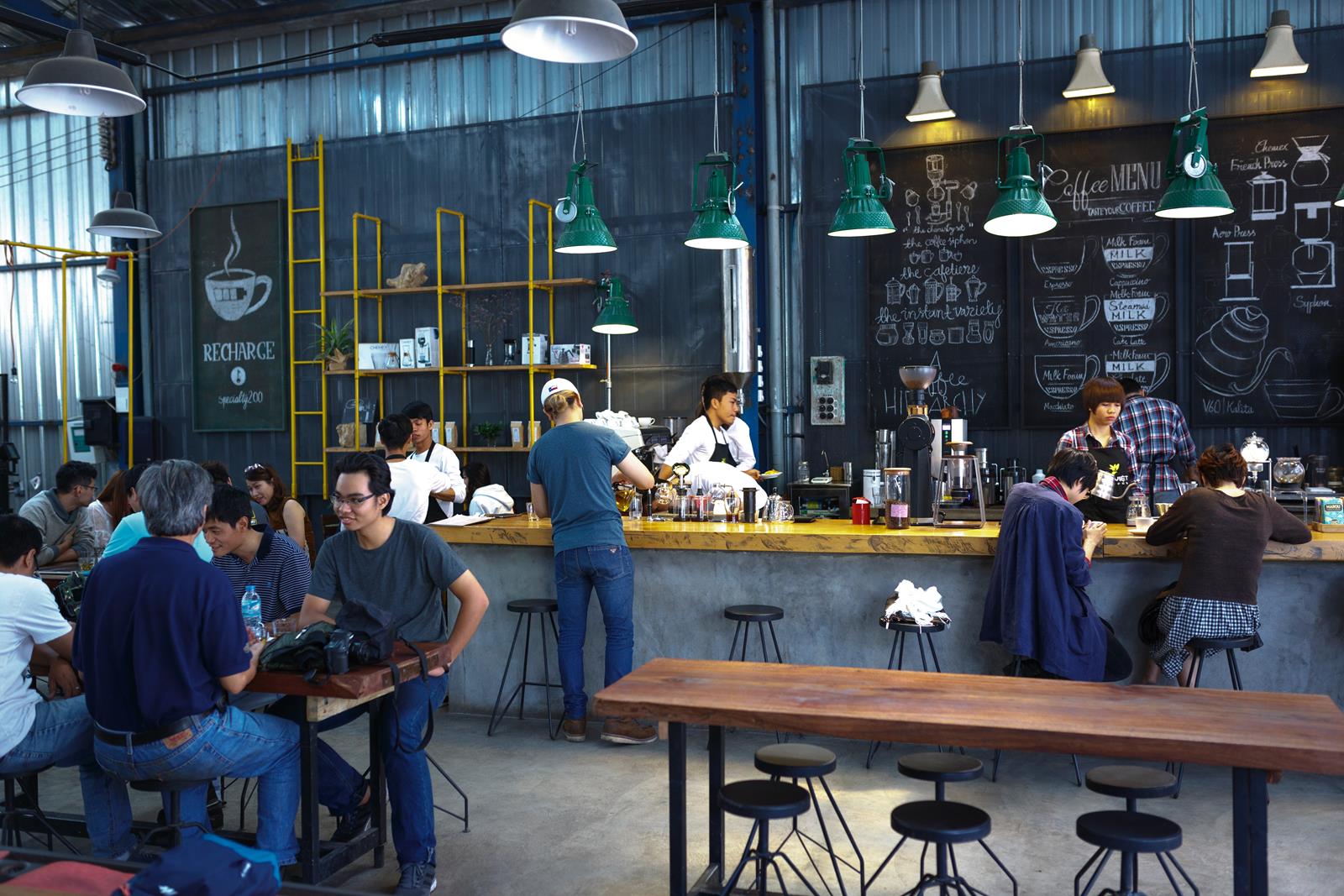If you find the right place, an average dinner can become an amazing one. There’s more to picking the right place than just picking one at random, whether you’re going out to enjoy an event, grab a quick lunch, or try something new. It can be hard to decide which restaurant is the best because there are so many to choose from, ranging from cozy local spots to fancy restaurants. When you decide where to eat, things like the food, the atmosphere, the service, the price, and even online reviews all play a part. With growing consumer expectations and the convenience of technology, selecting the ideal restaurant has become both easier and more complex. This guide offers practical tips to help you evaluate and choose restaurants that not only satisfy your appetite but also deliver a complete and enjoyable dining experience.
Understanding Your Dining Needs
Find out what you’re searching for before choosing a restaurant. Are you budgeting for a romantic meal or a fast bite? Is it a formal business lunch or a laid-back buddy gathering? Your eating out goal will determine your pick. For an anniversary celebration, for example, a fine-dining restaurant could be ideal; however, it would be inappropriate for a laid-back family supper with little children.
Key roles also play your own tastes, dietary constraints, and preferred cuisine. If you have food allergies, vegetarianism or veganism, or are vegetarian, looking over the menu ahead of time is really vital. While some restaurants shine in real ethnic cuisine, others concentrate in health-conscious meals. Whether it’s ambiance, pricing, location, or menu variety, determining what counts most can help you greatly limit your options.
Checking Online Reviews and Ratings
Customer reviews and ratings are effective instruments in the digital era for evaluating the standing of a restaurant. Websites include Google Maps, TripAdvisor, Yelp, and OpenTable provide firsthand reports on customer experiences. Review trends; continuous complaints about meal quality or repeated compliments for courteous service may help you to predict what you could anticipate. Seek for balanced evaluations instead than very positive or negative ones.
For thorough reviews and food vlogs—especially for popular or younger restaurants—also useful are food blogs, social networking, and even YouTube. Still, depend not only on star ratings; images, timestamps, and reviewer biographies may provide further background. Recall that one negative review does not indicate a poor restaurant; rather, frequent problems should raise questions.
Evaluating Ambiance and Service
The ambiance of a restaurant adds as much to the experience as the cuisine. Romantic nights would be best in a softly lit dining room with soothing music; family dinners and group events call for a loud and energetic venue. While some customers like exquisite furniture and simple design, others want open kitchens and rustic décor. Ambiance influences comfort and general happiness hence choose a restaurant fit for the occasion and your mood.
Customer service is equally important. While bad service could spoil even the nicest meal, good service improves the dinner. The encounter is more fun when friendly, attentive service members can meet demands or answer queries about the food. Restaurants worth visiting more than once often encourage loyalty and good word-of-mouth by investing in customer service and training.
Considering Price, Value, and Location
For many, determining where to eat comes mostly on price. It’s about value for your money as much as cost. While a small restaurant with great taste and warmth could become a favorite, a high-priced restaurant with bad service or subpar cuisine might seem like a waste. Search for menus available online and weigh the cost against the food’s quality and quantity. Good bargains might also come from set meals, happy hours, or lunch specials.
Location matters too, particularly if you depend on public transportation or have limited time. While hidden treasures in calmer districts frequently provide wonderful experiences at less cost, restaurants in desirable locations may charge more because of overhead expenses. if you’re eating nearby or on trip, take accessibility, parking choices, and if the restaurant needs bookings into account especially on weekends or during busy hours.
Conclusion
Selecting the ideal restaurant is more about matching your requirements with what it provides than about gambling. Understanding your eating objective, reading internet reviews, assessing atmosphere and service, and juggling cost with value and location can help you to make wise judgments that improve your whole dining experience. The finest restaurants are those that regularly provide superb cuisine, friendly service, and an environment that meets your expectations; they are not necessarily the most costly or elegant. Choosing the correct location may make an everyday excursion quite unique as dining becomes more than simply eating—a shared cultural and social event. With careful thinking and some study, you will locate the ideal location for any event or need.


